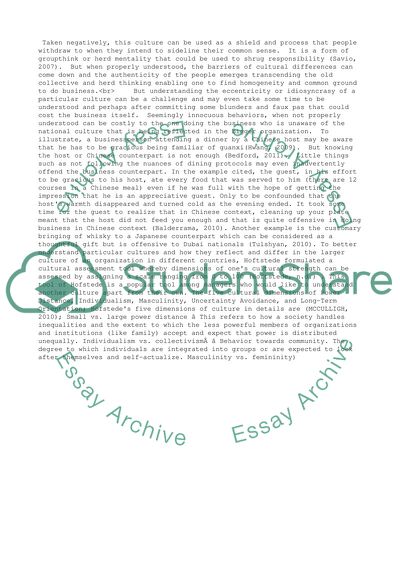Cite this document
(“Organizational Culture in Different Countries and Regions Term Paper”, n.d.)
Retrieved from https://studentshare.org/management/1400481-organizational-culture
Retrieved from https://studentshare.org/management/1400481-organizational-culture
(Organizational Culture in Different Countries and Regions Term Paper)
https://studentshare.org/management/1400481-organizational-culture.
https://studentshare.org/management/1400481-organizational-culture.
“Organizational Culture in Different Countries and Regions Term Paper”, n.d. https://studentshare.org/management/1400481-organizational-culture.


